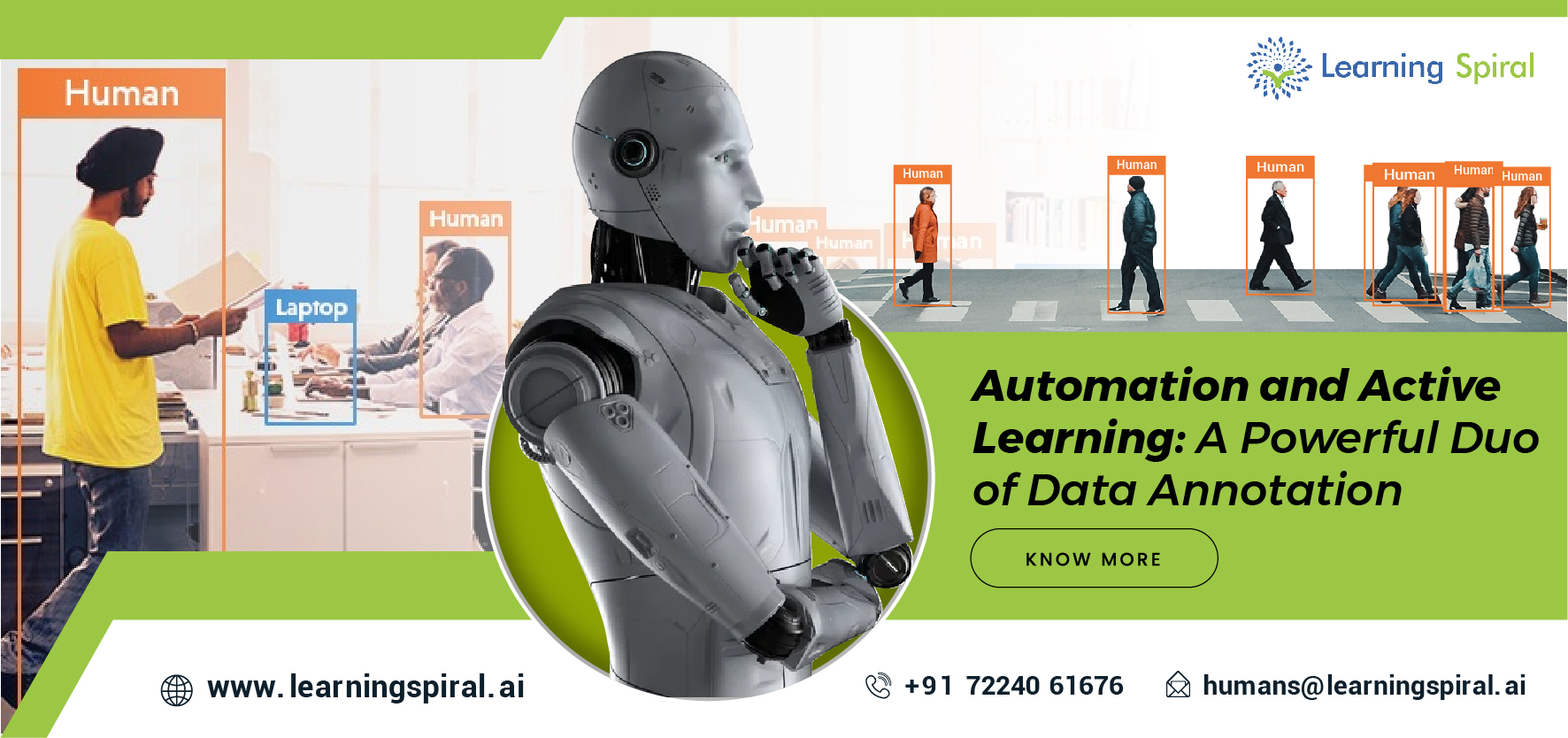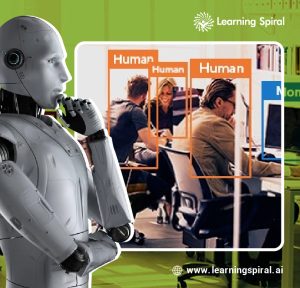
In the realm of machine learning, automation and active learning have emerged as two pivotal techniques that are revolutionizing the way models are trained and deployed.
These approaches, often used in tandem, offer significant advantages in terms of efficiency, accuracy, and scalability.
Automation: Streamlining the Process 
Automation refers to the use of technology to perform tasks without human intervention. In the context of machine learning, this encompasses a wide range of activities, including data preprocessing, model training, hyperparameter tuning, and deployment.
By automating these processes, data scientists can significantly reduce the time and effort required to build and maintain models.
Active Learning: Intelligent Data Selection
Active learning is a technique that involves intelligently selecting the most informative data points to label. Instead of labeling all data points upfront, the algorithm actively queries human experts for labels on the most uncertain or valuable instances.
This approach can dramatically reduce the amount of human effort required while maintaining or even improving model performance.
The Synergy of Automation and Active Learning
When combined, automation and active learning create a powerful synergy. Automation can streamline the entire machine learning pipeline, freeing up data scientists to focus on more strategic tasks.
Meanwhile, active learning can help to ensure that the models are trained on the most relevant and informative data, leading to improved accuracy and performance.
Little-Known Facts and Pointers
Apart from the direct facts, here are some other pointers which emphasizes on the importance of automation in data annotation:
Beyond Binary Classification:
While active learning is often associated with binary classification problems, it can also be applied to multi-class classification, regression, and other machine learning tasks.
Uncertainty Sampling:
One of the most common strategies for selecting data points in active learning is uncertainty sampling, which involves choosing instances that the model is most unsure about. However, other strategies, such as query-by-committee and diversity sampling, can also be effective.
Human-in-the-Loop:
Active learning often involves human experts providing labels. The quality and efficiency of the labeling process can significantly impact the performance of the model. Therefore, it’s important to consider factors such as task complexity, expert availability, and labeling guidelines.
Transfer Learning:
Active learning can be combined with transfer learning to leverage knowledge from pre-trained models and accelerate the training process for new tasks.
Explainable AI:
Automation and active learning can contribute to building more explainable AI models by providing insights into the data and decision-making processes.
Real-World Applications
Automation and active learning are being used in a wide range of applications, including:
Natural Language Processing: Building chatbots, language translation systems, and sentiment analysis tools.
Computer Vision: Developing object detection, image recognition, and medical image analysis systems.
Recommendation Systems: Personalizing content and product recommendations for users.
Autonomous Vehicles: Training models to perceive and navigate the environment.
As automation and active learning technologies continue to evolve, we can expect to see even more innovative and impactful applications in the future.

